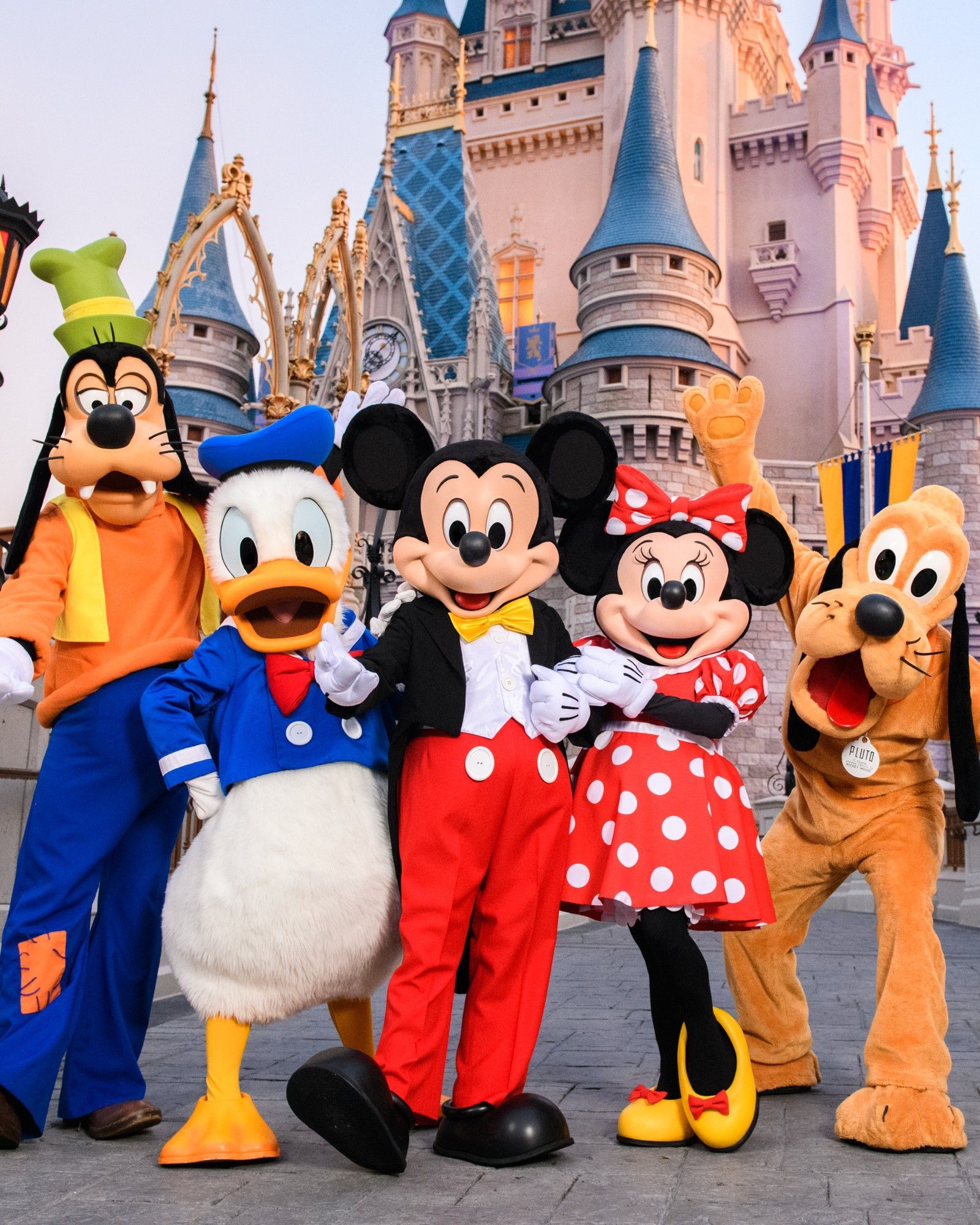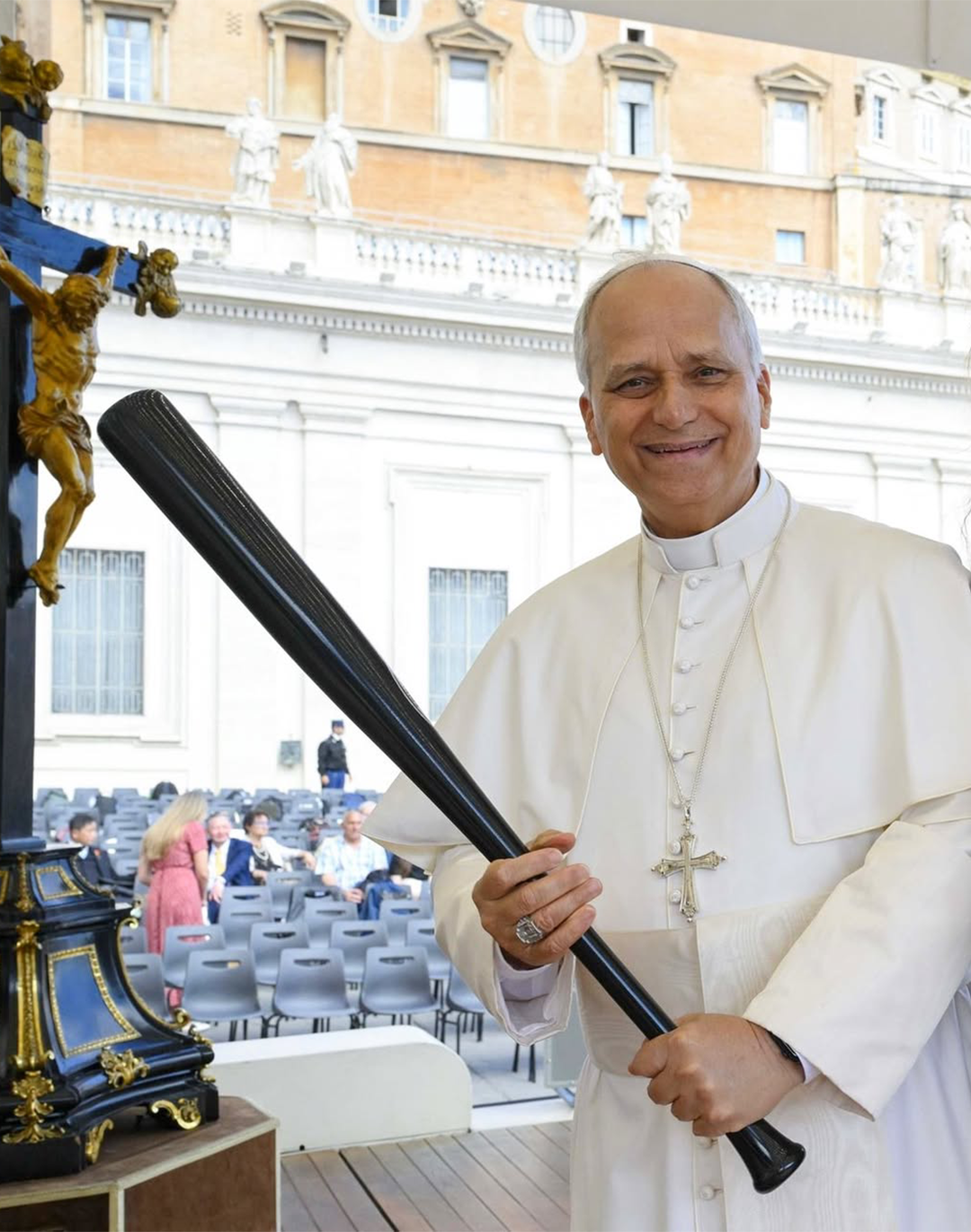
How many creative directors does it take to fix a broken brand? A specter hovers over the industry and it is called “rapid turnover”
Usually, in fashion, July is a dead time. With the shows over, the seasonal capsule collections launched, and the social events celebrated, the calculations are made for September and a more or less peaceful period is prepared for in which, simply, nothing much happens. Except this year. The summer of 2024 not only seems to be accelerating with news, novelties, and twists, but before the August break, when even the designers go on vacation, there seems to be no end to layoffs, announcements, acquisitions, and projects. During the last week, rumors have been running feverishly: John Galliano who is expected to leave Margiela, Sarah Burton who is expected to go to Givenchy, Kim Jones who is said to be about to leave Dior, Thibo Denis who might go on to design shoes for Louis Vuitton, Hedi Slimane who might leave Celine – not to mention the wild speculations about the future of Chanel. The surge of hypotheses and theories, which are becoming increasingly improbable and fanciful, is very reminiscent of the absurd amount of speculation surrounding Alessandro Michele's post-Gucci future, who according to gossip was ready to enter at least ten different brands and whose appointment eventually defied every rumor. And if there are at least five brands without creative directors, there are almost twice as many designers currently available – the “fashion fantasy” mania highlights not only how the rapid turnover of designers has become almost entertainment for its own sake, but also that the creative reshuffling represents a frequently ineffective antidote to revive a brand's fortunes in an openly inhospitable and unforgiving market. More than providing us with information, the designer carousel also betrays a certain desire for renewal on the part of the public towards an industry that has now become stagnant.
In the midst of this whirlwind of rumors and counter-rumors, there also emerges all the complexity of reinventing a brand in a now saturated market, where all the places have been taken, and all styles imitated, raising doubts about how many times it is possible to change creative directions before destroying the trust of the public and markets. For example, Peter Hawkings left Tom Ford after only two collections and less than twelve months at the helm, despite having worked alongside designer Tom Ford for nearly thirty years. The cause of the departure? For WWD and its sources, it was a lack of chemistry with the design team; for Luca Solca, a disappointing performance; for others, internal pressures towards faster expansion. Be that as it may, we now face the dilemma of brand identity: if the designated successor was too similar to his predecessor, would he also be too different if he varied? And the successor's successor (for whom excellent and unlikely names are already being speculated) will have to reinvent the brand or keep it on the same path? And if he varied it, would it still be Tom Ford? And if not? What exactly is expected of the Tom Ford brand beyond sales? The problem, simply, is that sales are the only thing expected: a “whatever works” approach that disregards the idea of identity or authorship on which the concept of the brand is founded and downplays the value of aesthetic cohesion. According to Lauren Sherman of Puck, however, a successor to Hawkings has already been chosen, just as the next designer for Blumarine has been chosen (and this is not speculation, the announcement is expected any day now) but the news has simply not been made official.
The general feeling, however, is that executives perceive creative directors as racehorses to be replaced when they start to lose, choosing them perhaps to mimic the success of a highly effective combination – just think of how many streetwear brand founders have been put in charge of historic brands by executives wanting to replicate Virgil Abloh's success at Louis Vuitton. Experiments that, unfortunately, have not always succeeded, for the simple fact that their premises were, essentially, unfounded. Givenchy still bears the brunt of it. After the double boom of Bottega Veneta under Daniel Lee first and Matthieu Blazy later, a huge number of ex-disciples of Phoebe Philo have been promoted in an attempt to reproduce the effect, such as at Ferragamo, for example, where things have not taken off. Then there was the “number two” trend, i.e., creatives promoted internally and hailed as the generation of technicians, of trained designers, capable of eliminating the banality of streetwear and basic logoed items and finally giving us back the product, the quality, and so on. An approach that, however, has taken fashion from the frying pan into the fire, as the race for timeless minimalism has quickly flattened into even more accentuated commerciality. And moreover, in a phase where prices have increased, the dupe culture and that of secondhand have redefined the way of consuming fashion. Faced with every new designer, there are often impossible tasks and demands: magically revitalize sales and do so within a few months, offer a new vision that does not clash with the old one, and be able to replicate the trick every six months – if not every three.
Well, at least one creative director job has been filled: Paul Andrew, late of Ferragamo, is the new creative director of Sergio Rossi.
— Vanessa Friedman (@VVFriedman) July 24, 2024
A dynamic made even more toxic by the transformation of various speculations about who will go where into a sort of separate branch of gossip culture. As Vanessa Friedman rightly points out on the pages of the New York Times, this mechanism is damaging for everyone, brands first and foremost: rumors of a potential departure cast a shadow both on the relationship between creative director and management and on the design teams that find themselves in uncertainty, up to the end customers who begin to doubt the brand itself. How many VICs want to buy in the boutique of a brand known to be in crisis? Or whose creative director is leaving due to falling sales or bad reviews? The potential imminent departure of the designer destroys customers' trust in the brand, knowing that in a few months the style of the entire collection might be about to change. Every new creative direction, in a way, invalidates or denies the previous one, relegating it to the past, just as every gossip casts a shadow over all the work done by the designer, making it seem like the fruit of an unfortunate creative direction. But even if the creative director is the public lightning rod for the discontent surrounding a certain brand, his responsibility is shared by an army of CEOs, design directors, heads of merchandising, and marketing, not to mention investors and market fluctuations. In short, a designer is important but not a panacea for all a brand's ills. Indeed, the feeling is that the rapid turnover concerns precisely those brands that could also do without a creative director, as the administrators' ambitions are purely commercial. The interchangeability of designers, after all, only demonstrates the interchangeability of brands.
















































